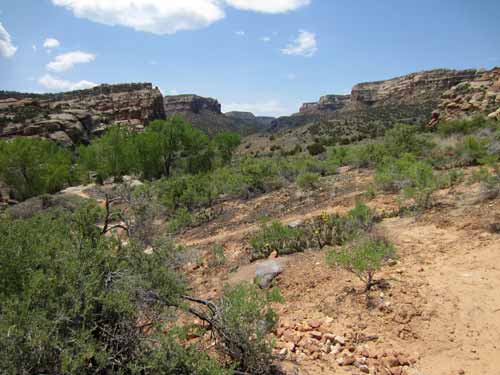
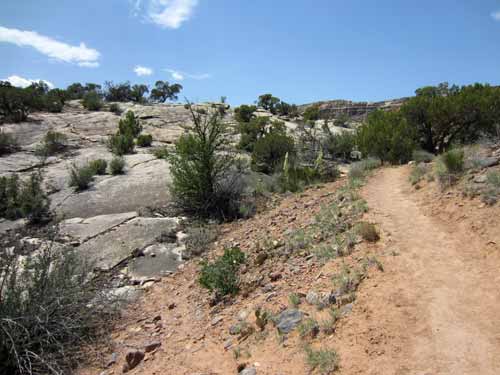
The trail was as varied as the scenery... sometimes over dirt...

... sometimes over rock.


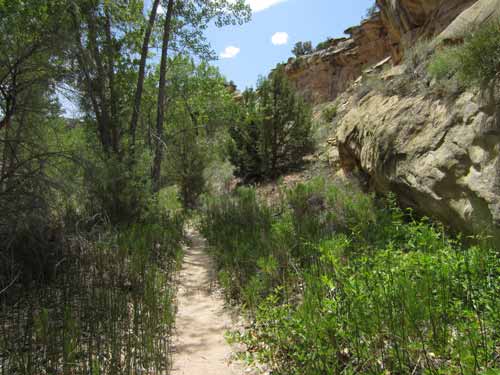
Entering the very green Echo Canyon



The canyon walls don't look very big here...

... but they really were!

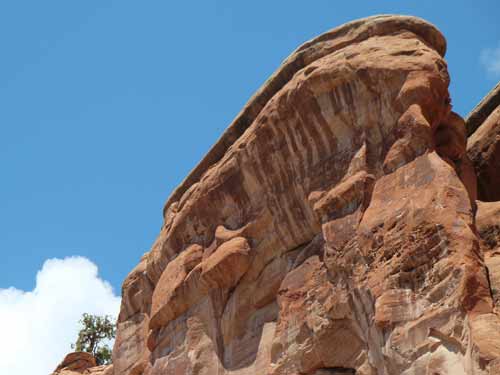

Where there's a will, there's a way!

Deadly fun... We thought it would make for a good picture, me holding up one of these giant rocks. What we didn't realize that in the shadow right in front of me was a rattlesnake! He's too small to see in this picture...

... but he's quite clear here! The Midget Faded Rattlesnake is extremely shy and rarely seen (unless you happen to be goofing off above his head). He wasn't very big, only a few inches long, but he does look scary and could probably still hurt you severely if not fatally.

The end of the canyon

Currently no water was running.

There were endless entertaining rock formations....

... patterns...

... and colors.
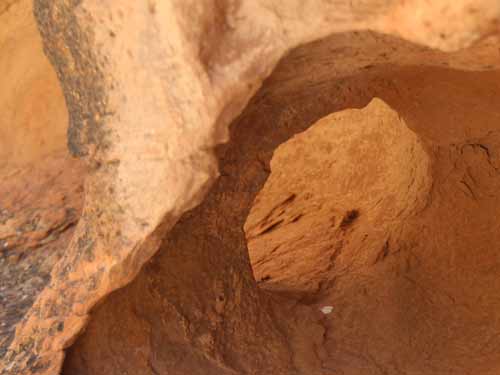
Holes within holes



These patterns are caused by lichen...

Flora: the lush environment provided for a wealth of flowers!
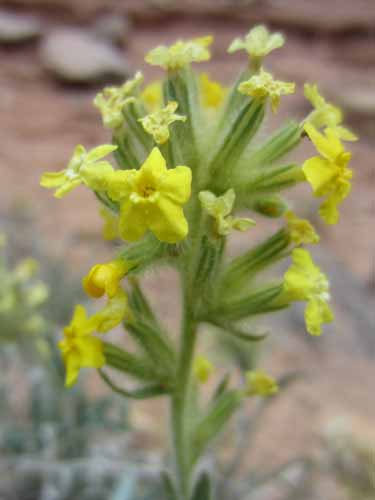
Puccoon will bloom throughout the summer.

Paintbrush comes in a wide variety of colors.

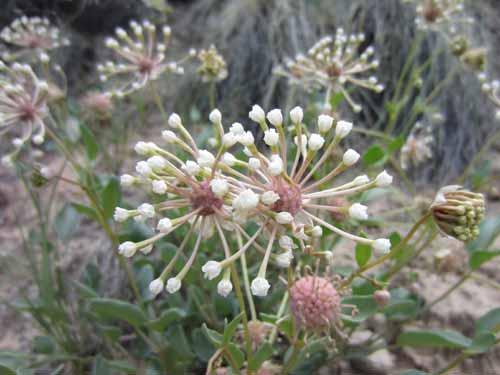
Snowball Sand Verbena is in the Four O'clock flower family.
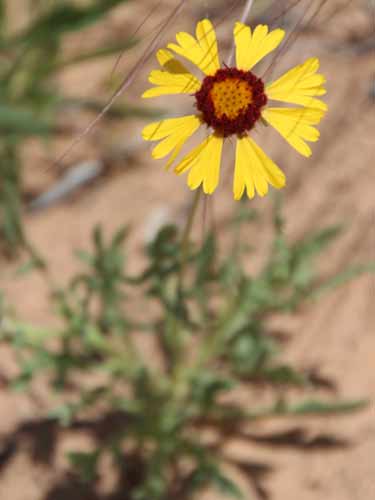
Blanket Flower (or Gaillarida) is very drought tolerant.

Scarlet Gilia or Fairy Trumpets are pollinated by hummingbirds.
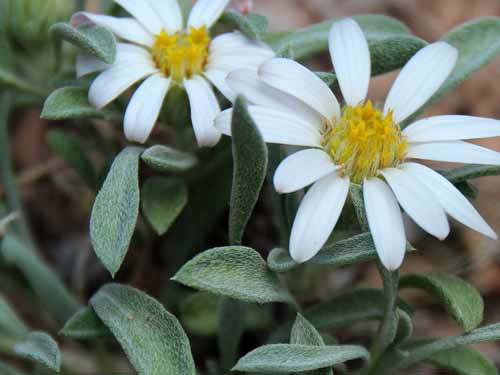
Fine hairs on the leaves act as a natural sunblock and help reduce moisture loss. They also make the leaves pale grey, a color that reflects the sun.
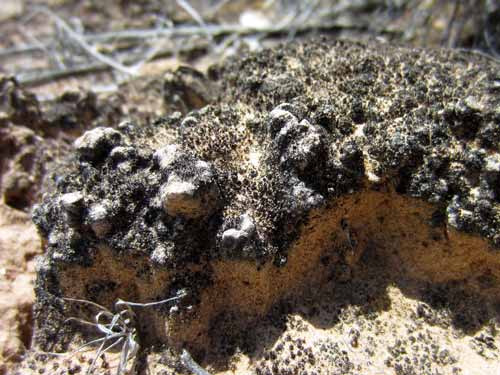
More cryptobiotic soil. It is very important to stay on the trail in the desert. This soil is very delicate and one footstep can cause several decades worth of damage.

The fauna:
Lizards abounded. The brightly colored ones were fearless, perching on rocks or fence posts right out in the open. The brown dull ones skittered away at the merest glance.

The Collared Lizard has a large head and distinctive coloring, especially on the males.

Note how he keeps is feet lifted off of the hot ground as much as possible.
Quite reguarly, the lizards would suddenly start doing a quick series of 'push-ups.' This was a display of strength that symbolizes "get out of my territory" to other lizards (or perhaps us).

The male Sagebrush Lizard has distinctive blue patches on its abdomen and throat.

Vertical is no problem.
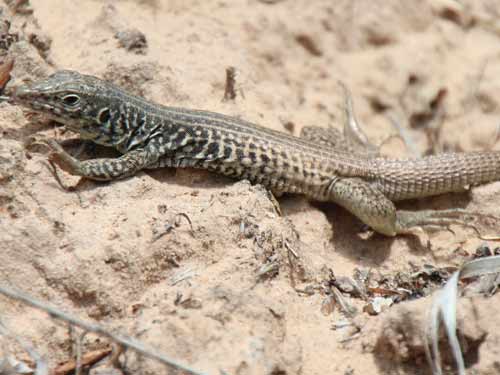
A Western Whiptail

Some good camouflage!

The Western Toad has a white or cream dorsal stripe. The large glands on the side of his neck (called paratoid glands) secrete a viscous white poison when anything tries to eat it. This causes inflamation of the mouth and throat, nausea, irregular heart beat, and in extreme cases even death.

Birds filled the trees but were often too quick to capture.

Small puddles of water offered life in this harsh environment.

Heading back



